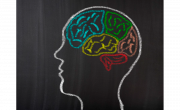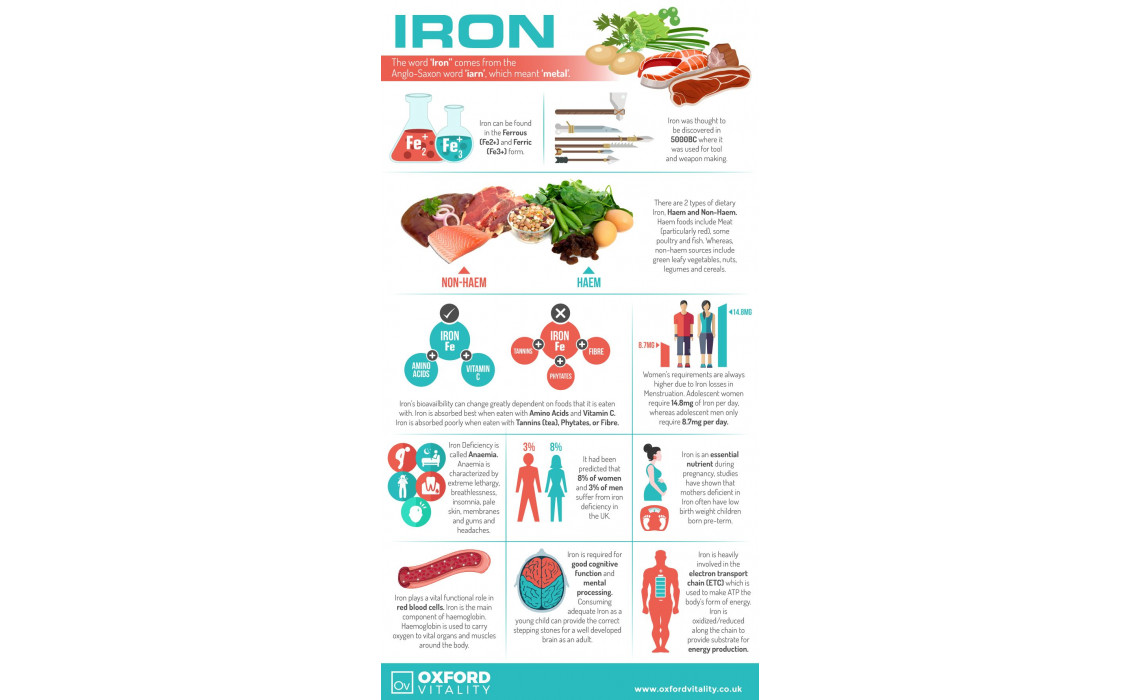5 Ways to Treat Iron Deficiency in Autism
Ironn deficiency is the most common nutritional deficiency worldwide, affecting more than 25% of the population [1]. Iron is an essential mineral that is a vital component of our red blood cells and enables us to transport oxygen to our cells via hemoglobin. We consume iron in two forms: heme and non-heme.
Heme iron is found in animal sources such as meat, poultry, seafood, and fish. This type of iron is absorbed the most efficiently.
Non-heme iron is found in plant-based foods like beans, grains, vegetables, fruits, seeds, and nuts.
We can also consume iron by cooking our foods in a cast-iron skillet. Certain nutrients and foods can either help increase or decrease our absorption of iron. Foods and beverages containing vitamin C increase the amount of iron we absorb, while consuming foods or beverages that contain calcium will decrease absorption. Coffee and tea have also shown to drastically decrease iron absorption when consumed at the same time.
IRON & AUTISM
Research shows us that there is a very high prevalence of iron deficiency in children with autism, which could potentially compromise their communication and behavioral impairments [2]. We also see that hemoglobin, hematocrit, iron, and Mean Corpuscular Volume (MCV) levels in children with ASD were lower than typically developing controls. They found that there was a significant negative correlation between hematocrit levels of children with ASD and CARS, AuBC, and AbBC total scores (in simple terms: the lower the iron, the higher the autistic symptoms).
There are a few contributing factors as to why children with ASD may be more at risk for iron deficiency than children without autism. Children with ASD have higher rates of food selectivity & picky eating, which decreases dietary iron intake. Iron absorption may also be an issue with ASD, as gastrointestinal issues such as yeast and dysbiosis are common, and may decrease iron absorption.
During pregnancy, low iron intake in combination with advanced maternal age and metabolic conditions were associated with a 5-fold increased risk of ASD.
SYMPTOMS OF IRON DEFICIENCY
Symptoms of iron deficiency can vary from person to person, though the most common symptoms we see are:
Fatigue
Dizziness
Shortness of breath
Sensitivity to cold
Headaches
Fainting upon standing (in severe cases)
Sleep issues
Restless leg syndrome
TESTING FOR IRON DEFICIENCY
You can go to your pediatrician to get some routine labs that will help diagnose iron deficiency anemia. I would recommend requesting these labs:
Serum iron
Serum ferritin (this lab is commonly forgotten, but is, in my opinion, the best representation of iron deficiency since it tests our iron stores, not just circulating blood iron)
Total Iron Binding Capacity (TIBC)
Transferrin
Complete Blood Count (CBC)
Normal range values for iron are 50-120 μg/dL. I recommend ferritin levels of at least 40, ideally 70-80.
TREATING IRON DEFICIENCY
Here are a few tips to increase your serum iron levels:
Consume foods rich in both heme and non-heme iron
Heme iron: meat, poultry, seafood, fish
Non-heme iron: beans, lentils, spinach, potato with skin, nuts & seeds, organic tofu or tempeh, peas, and leafy greens.
Cook in a cast-iron skillet or with a lucky iron fish
Take an iron supplement (quick tip: take an iron supplement at a separate time from a multivitamin, as calcium will decrease absorption)
Liquid: Pure Encapsulations Liquid Iron
Chewable: Carlson Chewable Iron
Dissolvable tablet: Renzo’s Iron Strong Vitamin
Consume vitamin C at the same time as taking an iron supplement or consuming a high-iron food
Avoid calcium (dairy, supplements, high-calcium foods) around the same time as eating a high-iron food or taking an iron supplement



